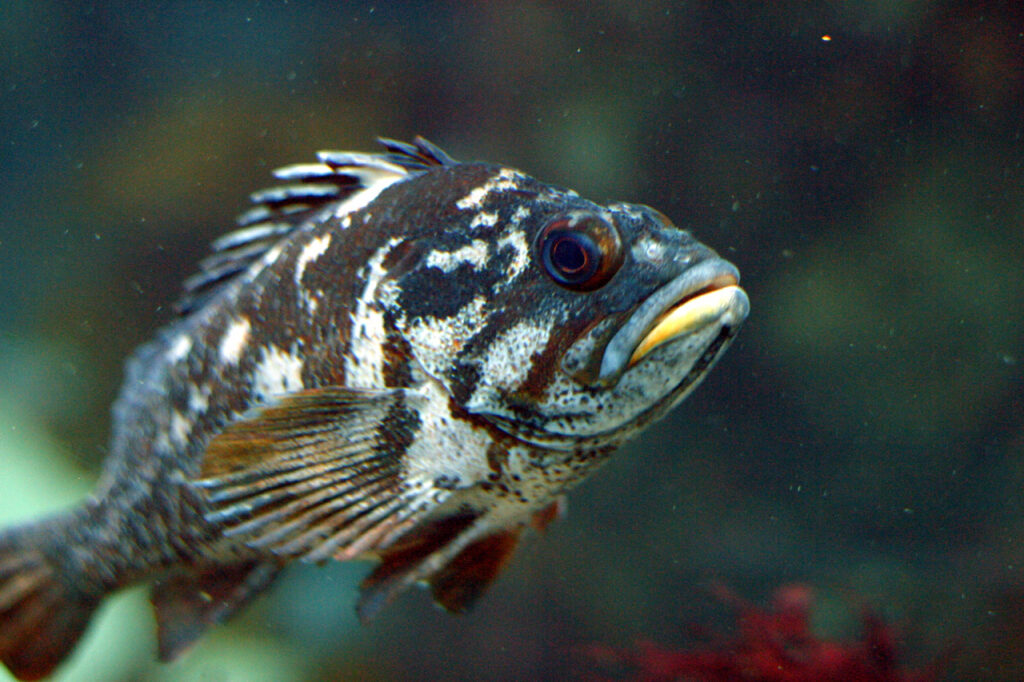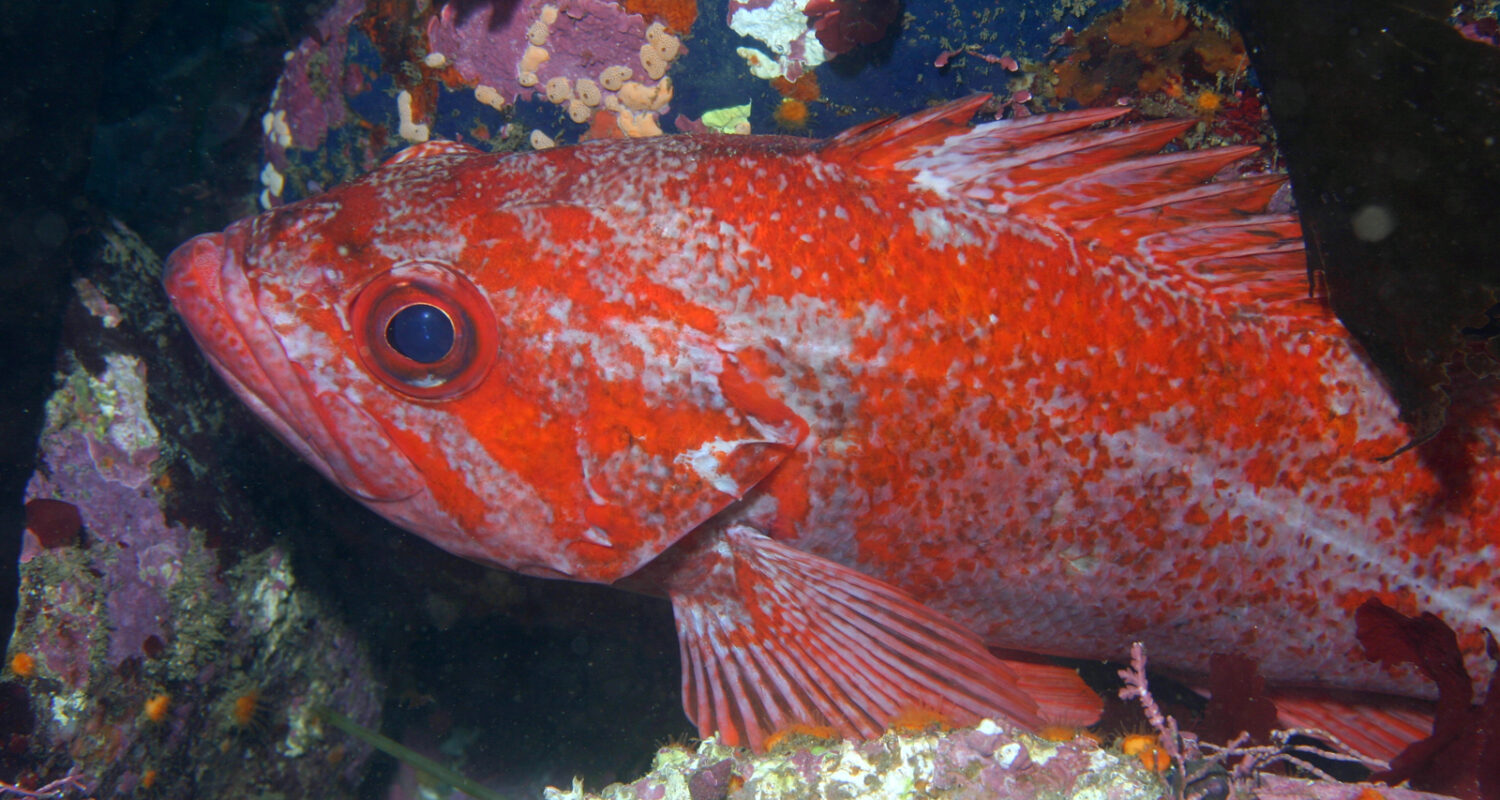Sykes, N. T., Kolora, S. R. R., Sudmant, P. H., & Owens, G. L. (2023). Rapid turnover and evolution of sex‐determining regions in Sebastes rockfishes. Molecular Ecology. https://doi.org/10.1111/mec.17090
Most animals reproduce sexually, requiring the existence of distinct sexes that produce sperm and eggs. What causes an individual to become male or female? We usually think of our own XX/XY chromosome system, in which the Y chromosome contains genes that set the embryo on a path to become male. However, different animals have many different mechanisms for determining sex—and even in humans, sex is not determined entirely by sex chromosomes, because other genes also affect sexual development.
Sex chromosomes are not universal. Depending on the species, sex may be determined by genetics, the environment, or some combination of the two. For instance, sea turtles lack sex chromosomes, and their sex is determined by the temperature they experience as an egg: if the egg is warm, the turtle will be a female, and if the egg is cool, it will become a male.
Plenty of fish in the sea

If there was a high school yearbook superlative for “most striking diversity of sex-determining mechanisms,” it would probably go to fish. Some fish even change sex partway through their adult life, based on size or age! Closely related species of fish often have different sex chromosomes or lack clear sex chromosomes altogether, indicating that sex determination evolves quickly and is highly variable.
In a recent study, scientists set out to find the parts of the genome that determine sex in 8 species of rockfish belonging to the genus Sebastes.
Rockfish have a lot going on
To identify genetic variants associated with sex in rockfish, the researchers used existing datasets in which other scientists had taken genetic sequences from male and female fish. Simply identifying males and females can be a tricky thing to get right, because sex isn’t visually obvious in many fish. Once this was done, the researchers then looked for genetic variants found mainly in either males or females.
Even in these closely-related species, the genetic basis of sex was highly variable. In one species, the researchers identified two possible sex chromosomes, which might be fused together. In other species, they found either a single sex chromosome, or a sex-determining region that they could not place on a chromosome. However, in 3/8 species, the scientists found no evidence of genetic sex determination. Sex determination in these species might be determined entirely or in part by environmental factors like temperature—although more research is needed.

Sex is complicated, who knew?
When you think about it, it’s pretty remarkable that closely-related species use different genes to determine sex. Since the XX/XY chromosome system is common among mammals, we tend to take it for granted. However, this study highlights that sex is complicated and changeable even from a genetic perspective.
This research can also be important for conservation or fisheries management. Sadly, many species of rockfish are threatened. One way to assess the health of population is to record the number of males and females—but as I mentioned earlier, it can be hard to figure out a fish’s sex. This research will lead to tools that can identify the sex of individuals in a non-invasive way, which in turn can be used to understand the overall health of the fish population.
Cover image source: Wikimedia Commons

I am a PhD student at MIT and the Woods Hole Oceanographic Institution, where I study the evolution and physiology of marine invertebrates. I usually work with zooplankton and sea anemones, and I am especially interested in circadian rhythms of these animals. Outside work, I love to play trumpet, listen to music, and watch hockey.


